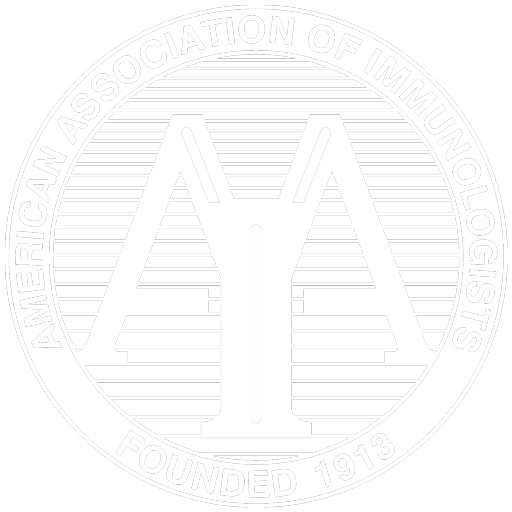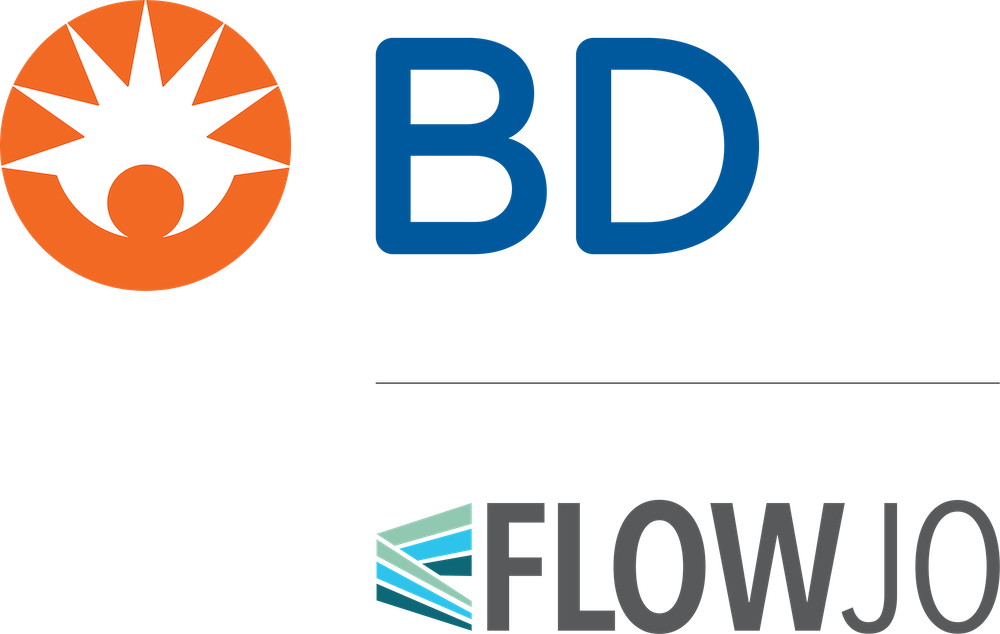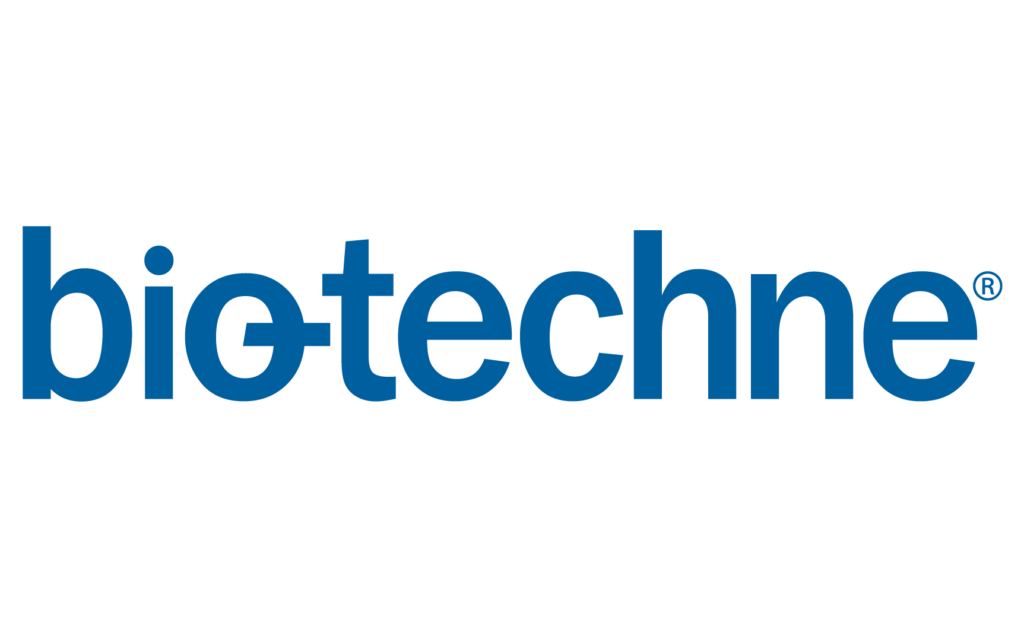All listings subject to change.
Thursday, May 13, 2021 8:00 AM – 8:30 AM ET
Morning Yoga

Join us every morning for a 30-minute yoga-and-mindfulness session. We experience distractions and stressors that pull our attention in many directions. This class will relax you and prepare you to be fully present before engaging in your selected sessions during the day ahead.
Thursday, May 13, 2021 9:00 AM – 10:30 AM ET
Poster Sessions
Molecular and Transcriptional Regulation of Autoimmunity
Innate Mechanisms in Autoimmunity
COVID and FRIENDS
B Cell Regulation and Responses
Molecular and Metabolic Control of Innate Immunity
Mucosal Infection and Inflammation
Immune effects of Anti-Cancer Therapies
Novel Technologies to Interrogate Anti-Tumor Immunity and Therapy Response
Novel Therapeutic Approaches for the Modulation of Autoimmune and Allergic Diseases
Thursday, May 13, 2021 10:30 AM – 11:30 AM ET
Exhibitor Workshops
Thursday, May 13, 2021 10:30 AM – 12:30 PM ET
Block Symposia
Microbiota-Immune Interactions
Generously supported by Sony Biotechnology
Lymphocyte Homeostasis, Metabolism, and Aging
Antigen Processing and Presentation 2
Restraining Immune Responses
The Cellular and Molecular Mechanisms of T Cells for the Enhancement of Immune Responses
T Cell Mediated Immunity to Viral Infections
Generously supported by Bio-Rad Laboratories
Thursday, May 13, 2021 12:30 PM – 1:30 PM ET
Distinguished Lecture—Donna L. Farber
Generously supported by Sony Biotechnology
Chairs:
- David Masopust, Univ. of Minnesota, AAI Program Committee Chair
- June L. Round, Univ. of Utah
Speaker:

Donna L. Farber
Columbia Univ. Med. Ctr.
Human immunity in space and time
Thursday, May 13, 2021 1:45 PM – 2:45 PM ET
AAI-Thermo Fisher Meritorious Career Award Presentation and Lecture
Generously supported by Thermo Fisher Scientific
Chairs:
- Jeremy M. Boss, Emory Univ. Sch. of Med., AAI President (2019–2020)
- Jenny P.-Y. Ting, Univ. of North Carolina at Chapel Hill, AAI President (2020–2021)
Award Recipient:
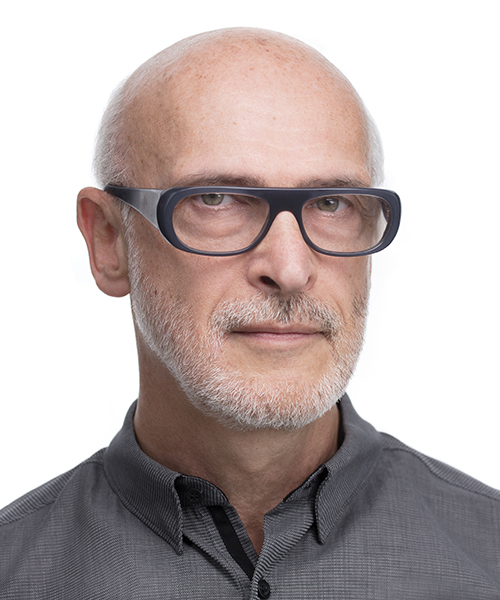
Alexander Y. Rudensky
HHMI, Memorial Sloan Kettering Cancer Ctr., Rockefeller Univ. and Weill Cornell Med.
The virtue of restraint in adaptive immunity
Recognizes a mid-career scientist for outstanding research contributions to the field of immunology
Thursday, May 13, 2021 2:00 PM – 4:00 PM ET
Block Symposia
Regulatory Mechanisms in Innate Immunity
Cardiovascular Immunity
Cellular Mechanisms of Innate Immunity in Pathogen Defense
Mechanisms of Food Allergy and Asthma
Technological Innovation I (Tech Innovation & Interesting Results)
Macrophages, Myeloid and Dendritic Cells in Tumor Immunity and Immunotherapy
Thursday, May 13, 2021 2:30 PM – 3:30 PM ET
Exhibitor Workshop
Thursday, May 13, 2021 3:00 PM – 5:00 PM ET
2020 AAI President’s Symposium
Genes and Genomes in Healthy and Autoimmune Lymphocytes
Presentation of AAI Excellence in Mentoring Award to Jeffrey A. Bluestone
Chair:
- Jeremy M. Boss, Emory Univ. Sch. of Med., AAI President (2019–2020)
Speakers:
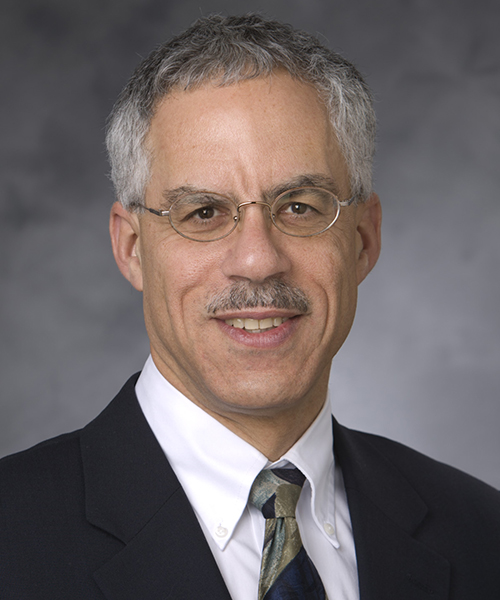
Michael S. Krangel
Duke Univ. Med. Ctr.
RAGs to repertoire in double positive thymocytes

Frances E. Lund
Univ. of Alabama at Birmingham
Inflammatory cytokine-mediated control of effector memory B cell development and function
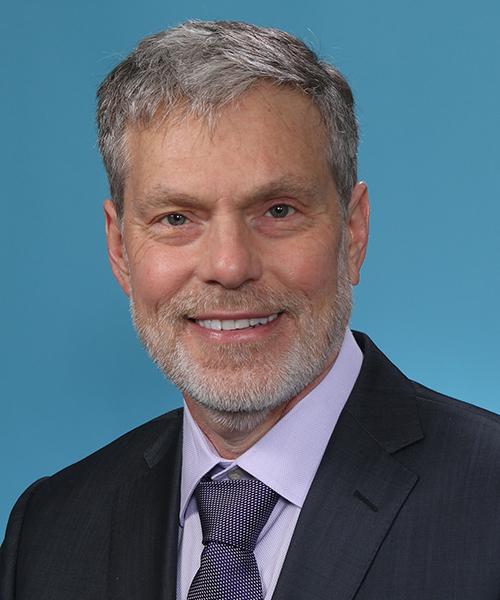
Eugene M. Oltz
The Ohio State Univ. Col. of Med.
Wiring schemes for innate and adaptive lymphoid cells
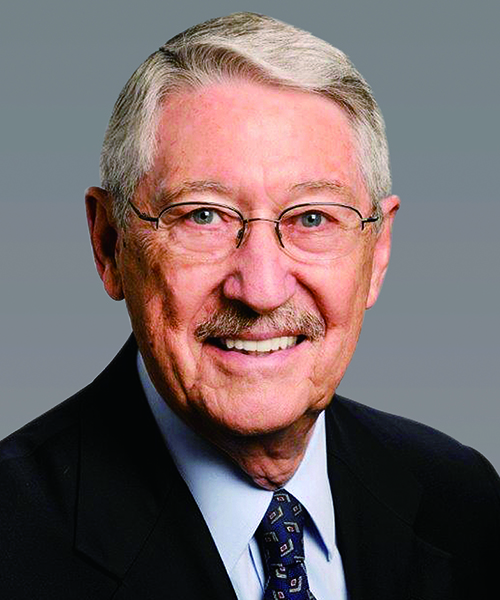
Max D. Cooper
Emory Univ. Sch. of Med.
The evolution of T and B cells
Due to the cancellation of IMMUNOLOGY2020™, some of the 2020 lectures
and symposia will be presented at Virtual IMMUNOLOGY2021™.
Thursday, May 13, 2021 3:00 PM – 5:00 PM ET
AAI Excellence in Mentoring Award Presentation
Chairs:
- Jeremy M. Boss, Emory Univ. Sch. of Med., AAI President (2019–2020)
- Jenny P.-Y. Ting, Univ. of North Carolina at Chapel Hill, AAI President (2020–2021)
Introducer:
- Randy Q. Cron, Children's Hosp. of Alabama
Award Recipient:

Jeffrey A. Bluestone
Univ. of California, San Francisco, and Sonoma Biotherapeutics
Recognizes a member for exemplary career contributions to a future generation of scientists
Thursday, May 13, 2021 4:30 PM – 5:30 PM ET
Exhibitor Workshops
Thursday, May 13, 2021 5:00 PM – 7:00 PM ET
AAI Business Meeting and Awards Presentation
Chair:
- M. Michele Hogan, CEO, AAI
AAI reports on the “state of the association” to its members at every AAI annual meeting. Members will hear from the CEO, the Secretary-Treasurer, the Editor-in-Chief of The Journal of Immunology (The JI), and the Chair of the Committee on Public Affairs on the financial standing of AAI, the status of The JI, important public policy issues, and other items of interest for the membership. Special AAI awards will also be presented during this session.
View the Business Meeting agenda.
Thursday, May 13, 2021 5:00 PM – 7:00 PM ET
AAI Distinguished Fellows Class of 2020 and Class of 2021 Acknowledgment
Acknowledged at the AAI Business Meeting.
The Distinguished Fellows of AAI program annually recognizes members for distinguished careers and outstanding scientific contributions as well as their service to AAI and the immunology community. It honors active, long-term members (25 or more years) who have demonstrated one or more of the following: excellence in research accomplishment in the field of immunology; exceptional leadership to the immunology community in academia, foundations, nonprofits, industry, or government at a national or international level; notable distinction as an educator. Election as a Distinguished Fellow is among the highest honors bestowed by AAI.
Thursday, May 13, 2021 5:00 PM – 7:00 PM ET
AAI Distinguished Service Award Presentation
Presented at the Business Meeting
Chair:
- M. Michele Hogan, CEO, AAI
Award Recipient:
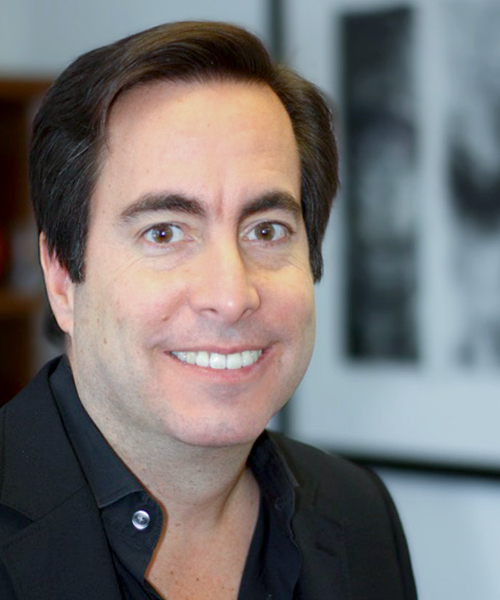
Juan Carlos Zúñiga-Pflücker
Univ. of Toronto, and Sunnybrook Res. Inst., Canada
For outstanding service to AAI and the immunology community as director of the AAI Introductory Course in Immunology, 2014–2019
Recognizes a member for outstanding service to the AAI community
Thursday, May 13, 2021 5:00 PM – 7:00 PM ET
Pfizer-Showell Award
This award recognizes the professional promise of an early career investigator (assistant professor or equivalent) by assisting the award recipient with registration for the AAI annual meeting to present their research. This award is supported through an endowment from Henry J. Showell and Pfizer, Inc.
Award Recipient:
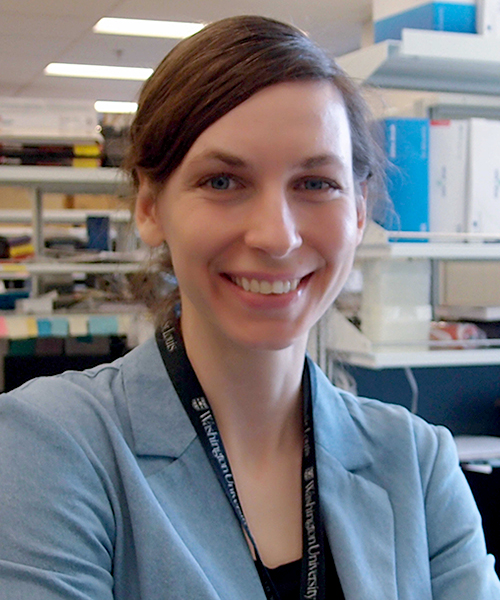
Monika Bambouskova, Ph.D.
Washington Univ. Sch. of Med.
AAI CEO M. Michele Hogan will acknowledge the awardee during the AAI Business Meeting.
Thursday, May 13, 2021 5:00 PM – 7:00 PM ET
Lefrançois-BioLegend Memorial Award
Established to honor the memory of AAI Member Dr. Leo Lefrançois, this award is intended to advance the career of a trainee who attends the AAI annual meeting and presents an outstanding abstract specifically in the area of mucosal immunology. This award is generously supported by BioLegend and donations from friends and colleagues of Dr. Lefrançois.
Award Recipient:
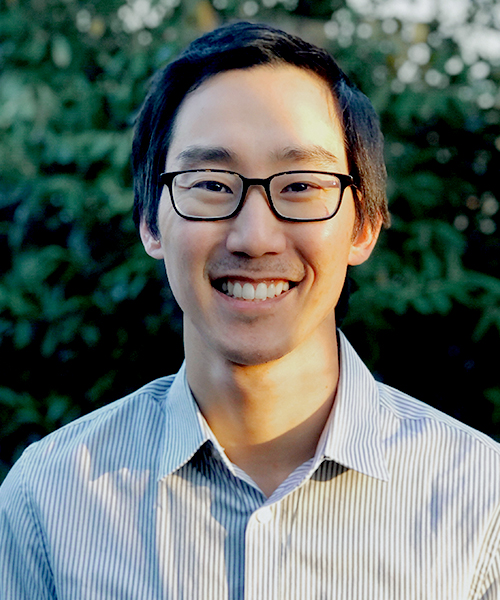
Jacob Van Winkle
Oregon Hlth. & Sci. Univ.
AAI CEO M. Michele Hogan will acknowledge the awardee during the AAI Business Meeting.
Thursday, May 13, 2021 5:00 PM – 7:00 PM ET
Lustgarten-Thermo Fisher Scientific Memorial Award
Established to honor the memory of AAI Member Dr. Joseph Lustgarten, this award is intended to advance the career of a mid-career scientist who attends the AAI annual meeting and presents an outstanding abstract specifically in the area of immune regulation. This award is generously supported by Thermo Fisher Scientific.
Award Recipient:

Venuprasad K. Poojary, Ph.D.
Univ. of Texas Southwestern Med. Ctr.
AAI CEO M. Michele Hogan will acknowledge the awardee during the AAI Business Meeting.
Thursday, May 13, 2021 5:00 PM – 7:00 PM ET
Chambers-Thermo Fisher Scientific Memorial Award
Established to honor the memory of AAI Member Dr. Cynthia Chambers, this award is intended to advance the career of an early career scientist who attends the AAI annual meeting and presents an outstanding abstract specifically in the area of cancer biology. This award is generously supported by Thermo Fisher Scientific.
Award Recipient:
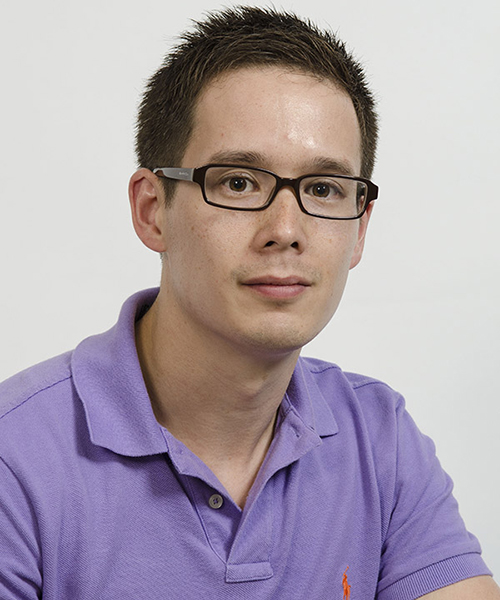
Timotheus Y.F. Halim, Ph.D.
Univ. of Cambridge, Cambridge, U.K.
AAI CEO M. Michele Hogan will acknowledge the awardee during the AAI Business Meeting.
Thursday, May 13, 2021 5:00 PM – 7:00 PM ET
AAI-Thermo Fisher Trainee Achievement Awards
This award recognizes up to six promising trainees in the field of immunology. Selection is based on career promise and presentation of an outstanding first-author abstract selected for a Block Symposium. This award is generously supported by Thermo Fisher Scientific.
Award Recipients:
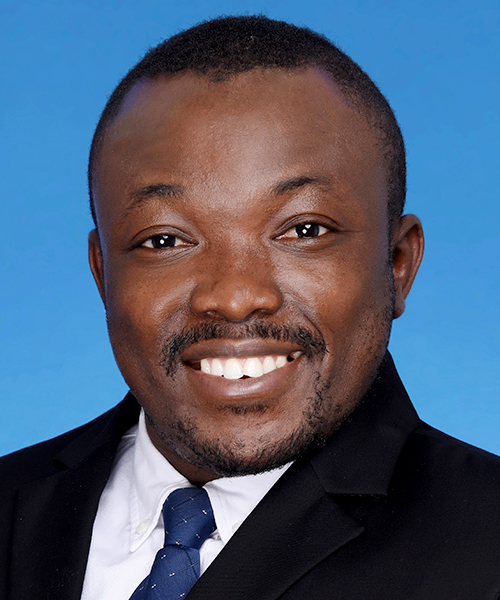
Adeleye O. Adeshakin
Graduate Student
Univ. of Chinese Acad. of Sci., Beijing, China
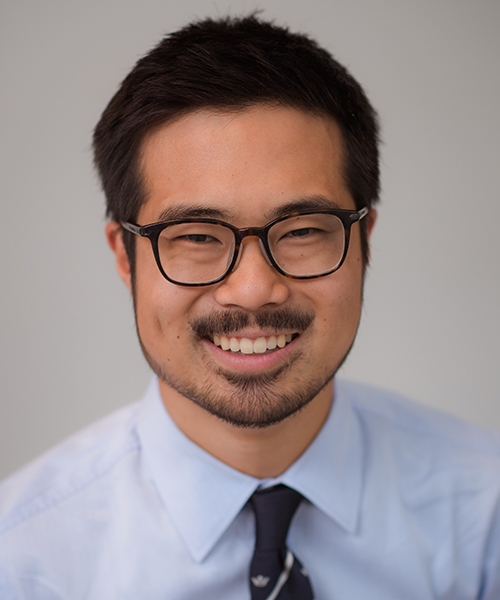
Elliot H. Akama-Garren
Graduate Student
Harvard Med. Sch.
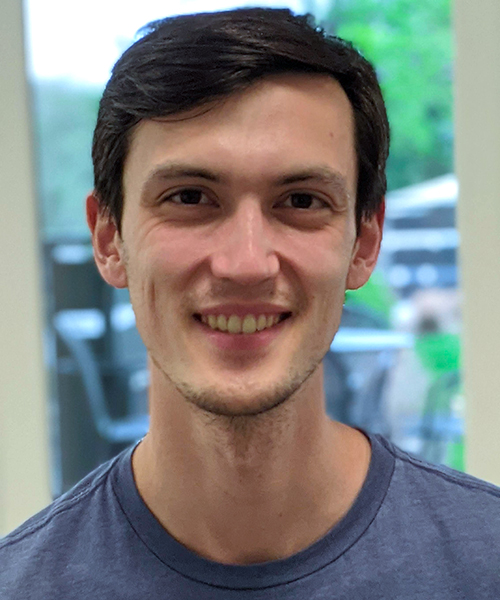
Ian C. Boothby
Graduate Student
Univ. of California, San Francisco
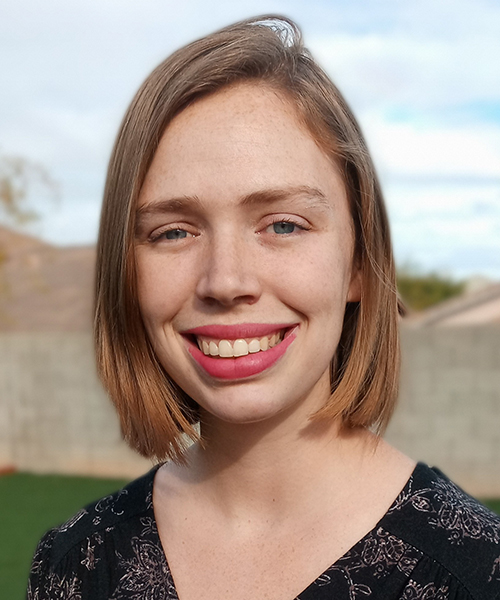
Elizabeth S. Borden
Graduate Student
Univ. of Arizona Col. of Med.
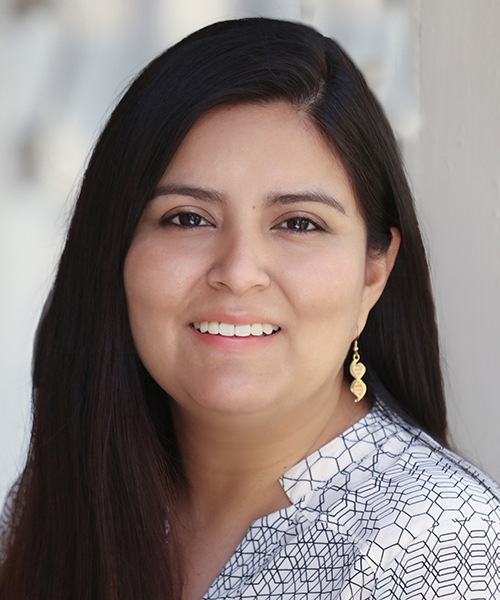
Betsabel J. Chicana
Graduate Student
Univ. of California, Merced
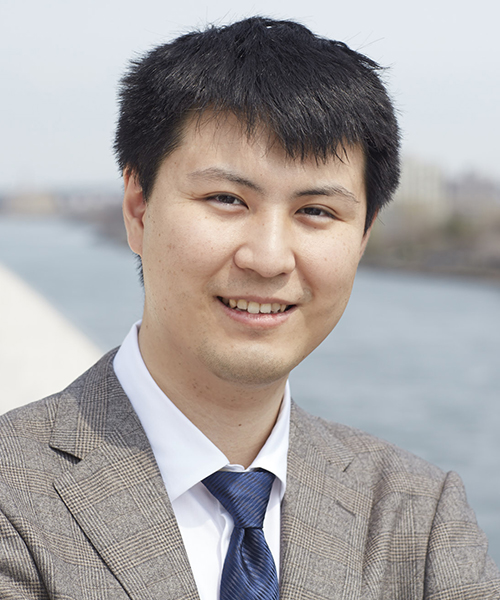
Masato Ogishi, M.D.
Graduate Student
The Rockefeller Univ.
AAI CEO M. Michele Hogan will acknowledge the awardees during the AAI Business Meeting.
Thursday, May 13, 2021 5:00 PM – 7:00 PM ET
International Cytokine and Interferon Society (ICIS) Symposium
Emerging Roles of Type III Interferons in COVID-19, Gut Microbiome, Adaptive Immunity, and Anti-Fungal Immunity
Chairs:
- Ludmila Prokunina-Olsson, NCI, NIH
- Sergei V. Kotenko, Rutgers Univ.
Speakers:
- Kristin A. Hogquist, Univ. of Minnesota, Distinct roles for type I and III interferons in thymic selection
- Megan T. Baldridge, Washington Univ. Sch. of Med., Restriction of intestinal viral cellular tropism by IFN-λ
- Amariliz Rivera, Rutgers Univ., Novel insights on IFN-λ in innate anti-fungal immunity
- Ivan Zanoni, Harvard Med. Sch., Impact and regulation of type III interferon production in COVID-19
- Ludmila Prokunina-Olsson, NCI, NIH, Type III interferon and the genetics of COVID-19
Thursday, May 13, 2021 5:00 PM – 7:00 PM ET
International Society of Neuroimmunology (ISNI) Symposium
Microbial Control of Neuroimmune Interactions
Chairs:
- Francisco J. Quintana, Brigham and Women’s Hosp., Harvard Med. Sch.
- Jennifer L. Gommerman, Univ. of Toronto, Canada
Speakers:
- Jennifer L. Gommerman, Univ. of Toronto, Canada, Under the influence - the microbiome, lymphocytes, and CNS inflammation
- Thomas Korn, Tech. Univ. Munich, Germany, Gut-imprinted antigen-specific T cells exhibit distinct effector functions in the CNS
- Laura Piccio, Univ. of Sydney, Australia, Multiomic analysis of host-microbiome interactions in CNS inflammation
- Florent Ginhoux, A*STAR, Singapore, Modulation of immune cells by microbes during development
- Francisco J. Quintana, Brigham and Women’s Hosp., Harvard Med. Sch., Microbial control of astrocyte responses
Thursday, May 13, 2021 5:00 PM – 7:00 PM ET
Korean Association of Immunologists (KAI) and Association of Korean Immunologists in America (AKIA) Symposium
Interplay Between Cytokine Response and Metabolic Regulation in Immune Homeostasis
Chairs:
- Heung Kyu Lee, Korea Advanced Inst. of Sci. and Technol., South Korea
- Jin Seon Im, Univ. of Texas M.D. Anderson Cancer Ctr.
Speakers:
- Hye Young Kim, Seoul Natl. Univ. Col. of Med., South Korea, The role of innate lymphoid cells on respiratory disorders
- Seung-Hwan Lee, Univ. of Ottawa, Canada, Enhancing natural killer cell immunity by modulating amino acid transporters
- Booki Min, Northwestern Univ., Foxp3+ regulatory T cells in steroid responsiveness and resistance
- Heung Kyu Lee, Korea Advanced Inst. of Sci. and Technol., South Korea, Tumor hypoxia represses ɣδ T cell-mediated anti-tumor immunity against brain tumors
Thursday, May 13, 2021 5:00 PM – 7:00 PM ET
Block Symposium
CD8+ T Cell Memory to Viruses
Thursday, May 13, 2021 5:30 PM – 7:00 PM ET
Careers in Biotech Panel Discussion
Sponsored by the AAI Education Committee
Generously supported by BD Biosciences
Chairs:
- H. Kiyomi Komori, Arena Pharmaceuticals
- Mary T. Litzinger, Director of Educational and Career Development, AAI
Panelists:
- Lokesh A. Kalekar, Senior Scientist, eGenesis, Inc.
- Sadiye A. Rieder, Senior Scientist, Horizon Therapeutics
- Rachel S. Soloff, Senior Director of Research, Kyowa Kirin, Inc.
- Tania Wiens, Senior Director of Business Development, Precision for Med.
Many opportunities exist in biotechnology for scientists with advanced degrees. There are positions in laboratory research, program management, business development, regulatory affairs, clinical trials oversight, medical liaison, and more. This panel features scientists employed in a variety of positions discussing their career paths and the skills required for success in each.
Thursday, May 13, 2021 6:00 PM – 7:00 PM ET
Exhibitor Workshop
Thursday, May 13, 2021 8:00 PM – 8:45 PM ET
Science for the Mind—Music for the Soul

Performance by AAI member Chris Karp (AAI '95)
Dr. Karp will honor us with a skillful and gifted piano performance, concluding with a live discussion exploring his career and how he has melded science and music.

